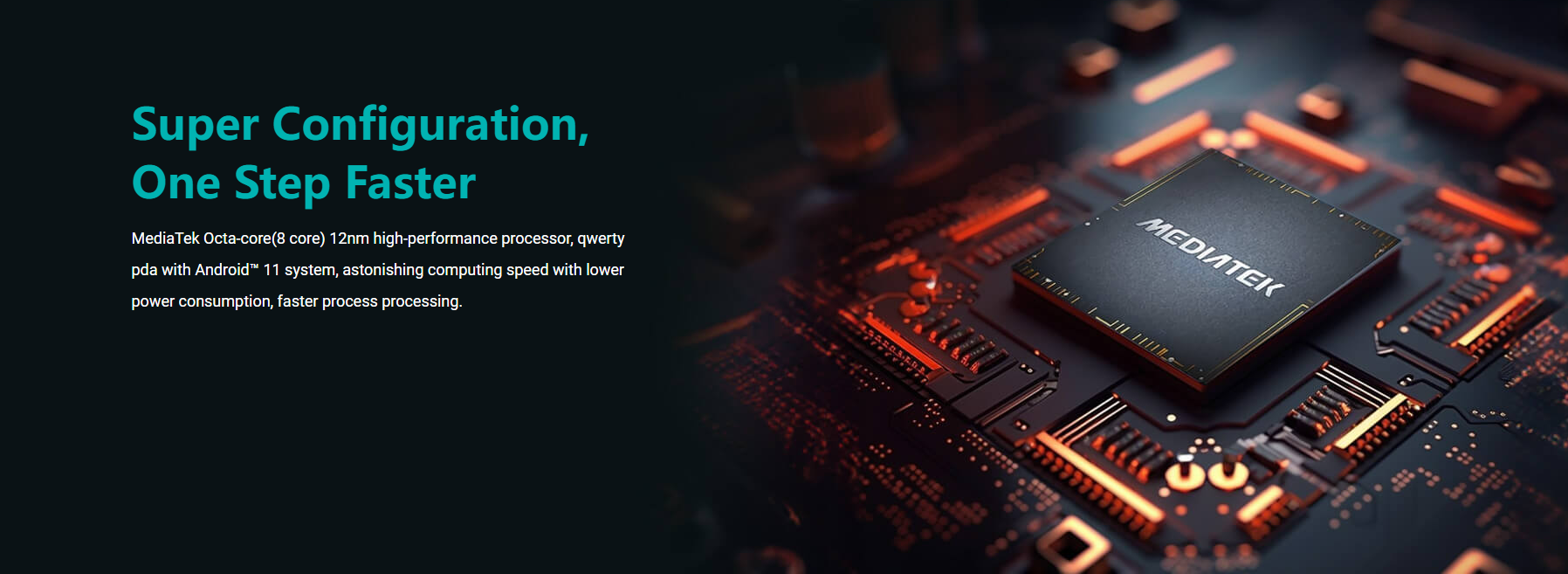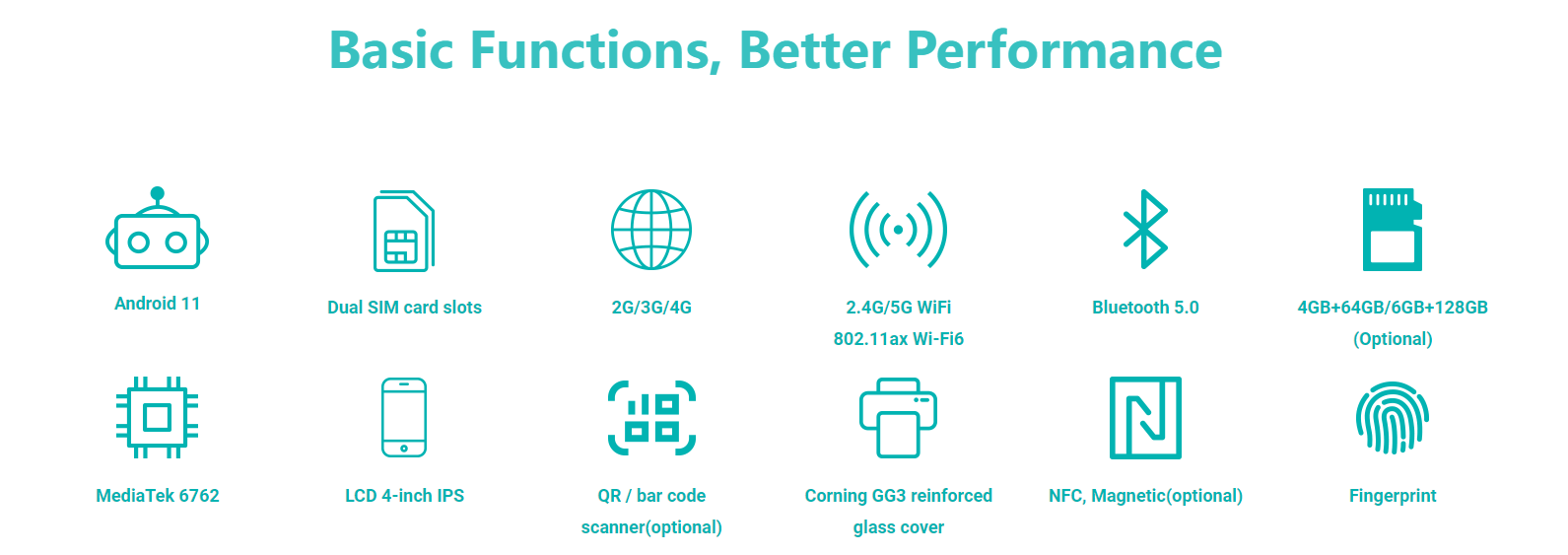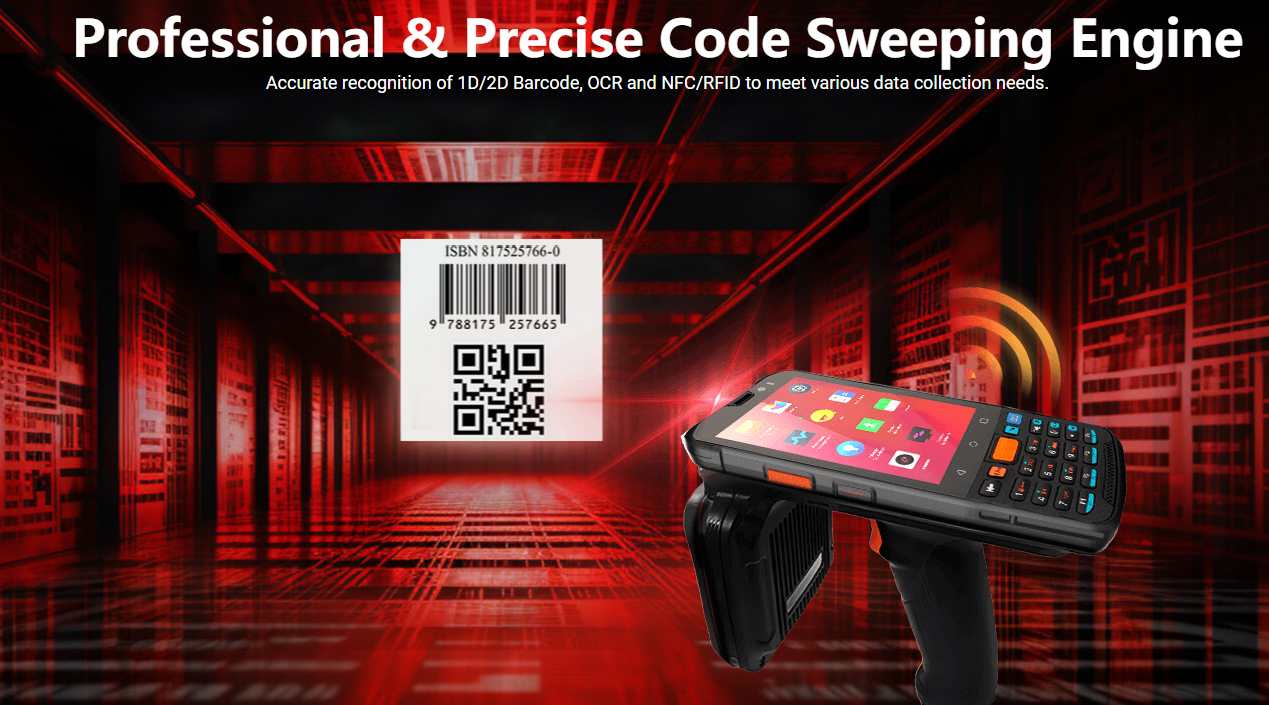In the fast-paced digital age we live in, where information is constantly at our fingertips and multitasking has become the norm, staying organized and efficient has become more important than ever. Whether it's managing our personal schedules, juggling work assignments, or staying on top of important tasks, the ability to streamline and optimize our daily lives is crucial for success and well-being.
Fortunately, the emergence of the Personal Digital Assistant (PDA) has provided us with a groundbreaking solution. PDAs have revolutionized the way we manage our lives by combining essential tools and features into a single handheld device. These powerful gadgets have become our go-to companions, helping us navigate the complexities of our personal and professional lives with ease. In this blog post, we will delve into what PDAs are, their features, and the benefits they offer in today's interconnected world.
What is a PDA?
A Personal Digital Assistant (PDA) is a remarkable handheld electronic device that has transformed the way we manage tasks and access information. Initially introduced in the 1990s, PDAs have undergone remarkable advancements and refinements, revolutionizing the concept of personal organization and productivity.
At its core, a PDA serves as a versatile tool, empowering individuals to efficiently manage various tasks and information in a compact and portable format. Originally, PDAs primarily focused on core functions such as calendars, contacts, and note-taking. However, as technology progressed, PDAs evolved to incorporate a wide range of advanced features and capabilities, expanding their utility and becoming indispensable devices in our daily lives.
Today's PDAs are equipped with powerful processors, ample storage capacities, and high-resolution touchscreens, providing a seamless and intuitive user experience. These devices have become significantly more capable, offering an array of features that cater to our personal and professional needs.

What are the features of PDAs?
Modern PDAs come equipped with a wide range of features that make them versatile and indispensable. Some key features include:
a. Organization Tools: PDAs offer calendar and scheduling functions, allowing users to keep track of appointments, events, and to-do lists. These tools help individuals stay organized and manage their time effectively.
b. Contact Management: PDAs provide a centralized platform for storing contact information. Users can save phone numbers, email addresses, and other contact details, making it easy to access and communicate with their network.
c. Note-taking and Document Management: PDAs enable users to take digital notes, create documents, and store important files. These features facilitate productivity on the go, as users can capture ideas, record meeting minutes, and access documents wherever they are.
d. Communication Capabilities: Many PDAs offer email and messaging functionalities, allowing users to stay connected and respond to important messages promptly. Some PDAs even support internet browsing, providing access to web-based applications and information.
e. Multimedia Capabilities: PDAs often come equipped with multimedia features, including audio and video playback, image viewing, and sometimes even a digital camera. These features offer entertainment and the ability to capture memories on the go.
f. Task Lists and Reminders: PDAs assist users in staying on top of their tasks by providing task list and reminder functions. Users can create to-do lists, set priorities, and receive notifications to ensure that important deadlines and responsibilities are not overlooked.
g. Voice Recognition and Dictation: Many modern PDAs incorporate voice recognition technology, allowing users to dictate notes, emails, or text messages. This feature provides a convenient hands-free option for inputting information and enhances accessibility for individuals with mobility or dexterity challenges.
h. GPS Navigation: Some PDAs include GPS capabilities, enabling users to access maps, get directions, and navigate unfamiliar locations. This feature is particularly useful for travelers or individuals who frequently need to find their way around.
i. Wireless Connectivity: PDAs support wireless connectivity options such as Wi-Fi and Bluetooth, enabling seamless synchronization with other devices and networks. Users can sync their PDA with their computer, transfer files, and access online services, ensuring that data remains up-to-date and easily accessible.
j. Task Automation: PDAs offer automation features that streamline repetitive tasks and processes. Users can set up automated actions, such as sending regular email updates or triggering specific tasks based on certain conditions, saving time and effort.
k. Security Features: To protect sensitive data, modern PDAs incorporate robust security features. These may include encryption protocols, password or fingerprint authentication, remote data wiping, and secure data storage, ensuring that personal and confidential information remains protected.
l. Customization Options: PDAs allow users to customize their device by installing apps, widgets, and personalized themes. This customization enables individuals to tailor their PDAs to their specific needs and preferences, enhancing the user experience and maximizing productivity.
m. Battery Life and Power Management: PDAs are designed to optimize battery life and offer power management features. Users can monitor and adjust settings to conserve battery, receive low battery notifications, and utilize power-saving modes to prolong the device's usage time.
n. Expandable Storage: Many PDAs provide expandable storage options, such as microSD card slots or cloud storage integration. This allows users to increase the device's storage capacity, accommodating a larger volume of files, documents, and multimedia content.
Overall, modern PDAs have become incredibly versatile devices that integrate numerous features to enhance productivity, connectivity, and entertainment. With their extensive capabilities and customizable options, PDAs have become indispensable tools for individuals seeking efficient organization, seamless communication, and convenient access to information in today's fast-paced digital world.

What are the benefits of PDAs?
Certainly! PDAs possess a multitude of benefits that make them valuable tools in various aspects of life. Here are some important benefits of PDAs:
a. Enhanced Productivity: PDAs help individuals stay organized, manage tasks efficiently, and access important information quickly. With features like calendars, task lists, and document management, PDAs streamline daily operations and increase productivity.
b. Portability and Convenience: PDAs are compact and lightweight, making them highly portable. Users can carry their PDAs in their pockets or bags, allowing for easy access to information and communication wherever they go.
c. Connectivity and Synchronization: PDAs often come with wireless connectivity options, enabling seamless synchronization with other devices and cloud services. This ensures that data remains up-to-date across multiple platforms, providing a unified experience.
d. Versatility and Customization: PDAs offer a range of applications and software that can be customized to suit individual preferences and needs. Users can install productivity apps, games, language translators, and more, tailoring their PDA to their specific requirements.
e. Time Management: PDAs assist users in effectively managing their time. With calendar functions, reminders, and alarms, individuals can schedule their appointments, set deadlines, and receive timely notifications, helping them stay on track and meet their commitments.
f. Information Access: PDAs provide instant access to a wealth of information. Users can browse the internet, access emails, view documents, and retrieve important data, all from the palm of their hand. This quick and convenient access to information facilitates informed decision-making and enhances efficiency.
g. Communication Efficiency: PDAs enable efficient communication through various channels. Users can make phone calls, send text messages, and use instant messaging apps, ensuring prompt and effective communication with colleagues, clients, and friends. This real-time communication capability enhances collaboration and connectivity.
h. Reduced Paper Dependency: PDAs reduce the need for physical paper-based systems. With digital note-taking, document management, and electronic file storage, individuals can minimize the use of paper and create a more eco-friendly and clutter-free work environment.
i. Mobility and Flexibility: PDAs empower individuals to work and stay connected on the go. Whether in a coffee shop, airport, or client meeting, users can access their important files, communicate with others, and complete tasks, increasing flexibility and enabling remote work capabilities.
j. Data Backup and Recovery: PDAs often offer data backup and recovery options. Users can regularly back up their important files, ensuring that they are protected in case of device loss, damage, or malfunction. This feature provides peace of mind and safeguards critical information.
k. Learning and Skill Development: PDAs can be valuable tools for learning and skill development. With educational apps, language learning programs, and access to online resources, users can enhance their knowledge, acquire new skills, and engage in self-improvement activities.
l. Health and Fitness Tracking: Some PDAs incorporate health and fitness tracking features. Users can monitor their physical activity, track their steps, measure heart rate, and even receive personalized workout recommendations. This promotes a healthy lifestyle and encourages individuals to stay active.
m. Entertainment and Leisure: PDAs offer a wide range of entertainment options. Users can listen to music, watch videos, play games, read e-books, and engage in other recreational activities during downtime, providing a source of relaxation and enjoyment.
n. Cost-Effective Solution: PDAs consolidate multiple functionalities into a single device, eliminating the need to invest in separate gadgets for various purposes. This cost-effective solution reduces expenses and simplifies device management.
In summary, PDAs offer numerous benefits that enhance productivity, convenience, connectivity, and personal development. From efficient task management to instant information access, PDAs empower individuals to stay organized, connected, and efficient in both personal and professional endeavors. With their versatility, customization options, and portability, PDAs have become essential tools for individuals seeking to optimize their daily lives and maximize their potential.

What are the future possibilities of PDAs?
The future of Personal Digital Assistants (PDAs) holds exciting possibilities as technology continues to advance. Here are some potential directions and features that may shape the future of PDAs:
Artificial Intelligence Integration: PDAs could leverage artificial intelligence (AI) capabilities to provide more personalized and intuitive assistance. AI algorithms could learn from users' preferences, behavior patterns, and contextual cues to offer proactive suggestions, automate tasks, and anticipate users' needs.
Augmented Reality (AR) Enhancements: PDAs may integrate AR technology to provide immersive and interactive experiences. Users could overlay digital information onto the physical world, enhancing productivity, navigation, and real-time information retrieval.
Voice and Natural Language Processing: PDAs are likely to become more proficient in understanding and responding to natural language commands. Voice recognition and natural language processing advancements will enable users to interact with their PDAs more naturally, making tasks more efficient and hands-free.
Biometric Authentication: PDAs may adopt advanced biometric authentication methods, such as facial recognition or fingerprint scanning, to enhance security and convenience. This could provide seamless and secure access to personal data and applications.
Wearable Integration: PDAs may integrate with wearable devices, such as smartwatches or smart glasses. This integration would allow for seamless communication and data synchronization between devices, providing users with a unified and connected experience.
Advanced Sensors and Context Awareness: Future PDAs could incorporate advanced sensors to gather contextual information, such as location, environmental conditions, and user activity. This context awareness would enable PDAs to adapt and provide tailored assistance based on the user's current situation.
Expanded Ecosystem and Integration: PDAs may further expand their ecosystem by integrating with an even wider range of applications, services, and Internet of Things (IoT) devices. This would enable users to control and interact with their smart home devices, vehicles, and other connected technologies through their PDAs.
Enhanced Privacy and Security Measures: As data privacy concerns grow, future PDAs are likely to prioritize robust security measures, encryption, and user control over data sharing. Implementing privacy-focused features will be crucial to maintaining user trust and protecting sensitive information.
Sustainable Design and Energy Efficiency: Future PDAs may focus on sustainable design principles, utilizing energy-efficient components, recyclable materials, and longer-lasting batteries. This would contribute to reducing environmental impact and increasing the longevity of the devices.

As technology continues to evolve and user needs evolve, PDAs are poised to adapt and offer even more advanced features, seamless integration, and personalized experiences. The future of PDAs holds the potential to further revolutionize how we manage tasks, access information, and stay connected in our increasingly digital and interconnected world.


 French
French German
German Arabic
Arabic Italian
Italian Spanish
Spanish Japanese
Japanese Persian
Persian Korean
Korean Chinese (Simplified)
Chinese (Simplified)









